Paro is the most visited place in Bhutan, courtesy of Paro Taktsang, also known as Tiger’s Nest Monastery. But beyond Tiger’s Nest, there are many other attractions in Paro. If you want to explore all places you need to stay for at least a week there. Whereas most travel itineraries include 2-3 days stay in Paro. This post is not about a complete list of all the places rather a list of six must-see places in Paro that can be covered in 2 days.

Table of Contents
Welcome to Paro
If you are planning to reach Bhutan by air, then your first love will be Paro. When the flight will make its last turn before landing, look outside, and you will find yourself steering through the Himalayas while the beautiful Paro valley is getting closer and closer to you. On the left side, you can see the Paro Dzong standing tall on the slope of a hill, and on your right, there will be long stretches of farm fields and the narrow stream of Paro Chuu meandering through the valley originating from Mt. Jomolhari in the north.
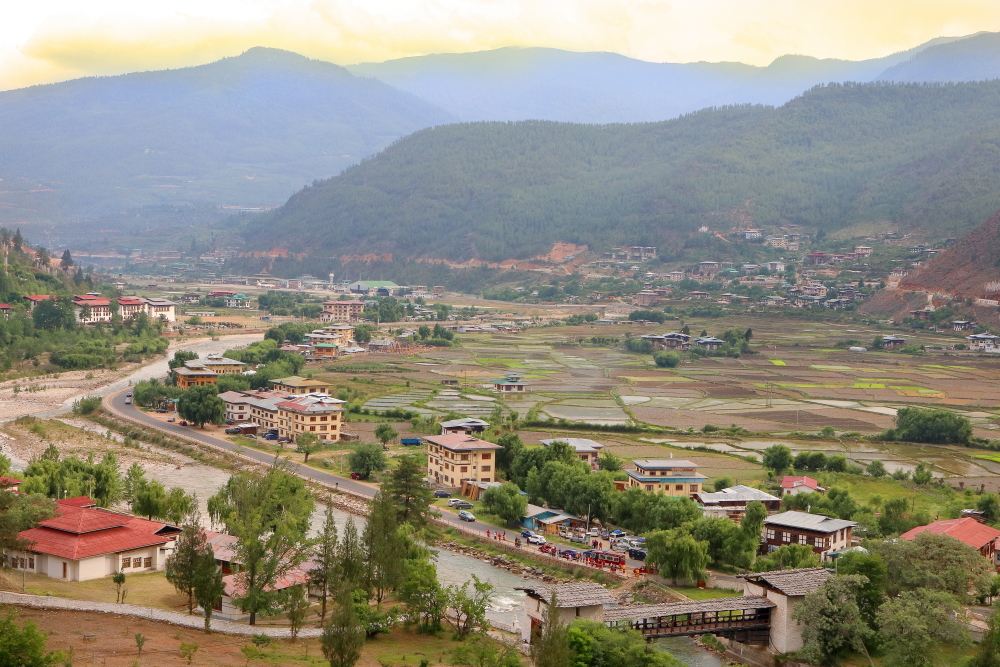
And if you are coming by road, then you will enter Paro from the south. From Chuzom (a place where Thimphu Chuu and Paro Chuu meets), you will follow Paro Chuu towards the north. A lofty wall of mountains by your sides will gradually move away to open the valley more you go inside.

Read more : My list of seven places in Thimphu that you should not miss
Why do I love Paro?
Well, the first reason is Tiger’s Nest Monastery, obviously. Like any other traveller, this is the place that ranked first in my “to go list” for Bhutan. Apart from this, Paro has many other places to explore – centuries-old Rinpung Dzong; National Museum of Bhutan inside Ta Dzong, once made like a watchtower for Rinpung Dzong; beautiful Lhakhangs; ruins of Drukgyel Dzong still holding its pride and many more hike trails in every corner of this valley.
And above all, I enjoyed walking down the village roads to feel the charm of rural life. Paro town is so small that if you walk 500 meters on either side of the main market, you can leave behind all the crowd and enjoy nature all by yourself. The real essence of this valley is in these villages, and you need to follow any road that will take you to one of these villages.

Six Must-See places in Paro
Tiger’s Nest Monastery
This is the iconic landmark of Bhutan. So it is my first must-see place in Paro. If you have one day to spend in Paro, then this is the place you must not miss. You need to walk for 6-7 hours, both uphill and downhill, to complete the hike. Though everyone will not be physically fit to complete this hike, I will suggest going as far as you can. There is one cafeteria almost midway, and till that point, you can get a horse to ride. The best viewpoint is a little above the cafeteria. And beyond that, the last stretch of stairs to reach the temple is the most strenuous part.
The starting point of the hike is 16 km from Paro town. This sacred Buddhist monastery was constructed on the edge of an 800 meters high cliff back in 1692 by Gyalsey Tenzin Rabgye. It looks as if hanging from the edge of the cliff when seen from the valley.
- Entry time: 8am – 4pm
- Entry fee: Indian adult – Nu500/ Student – Nu250
Paro Dzong
This is situated in the middle of Paro valley on the eastern side of the river. This fortress is also known as Rinchen Pung Dzong (Rinpung Dzong in short), meaning “Fortress on a Heap of Jewels”. Like other dzongs, it also houses the district monastic body and the administrative seat of the Paro district.
This Dzong was originally built by Gyelchock, the descendant of Phajo Drugom Zhigpo, the founder of the Drukpa Kagyupa School in Bhutan. Later he handed over the fort to Zhabdrung Ngawang Namgyal, who expanded it to a superior structure. In the 17th and 18th century, this fort played an important role in saving the valley against Tibetan invasion from the north.
This Dzong looks spectacular in appearance and architecture. This is one of the included places in Bhutan’s “tentative list of UNESCO inclusion”. It treasures some of the best artworks dated centuries ago. Thongdrol is one such treasure – one 20 x 20-meter wide Thangka, which is only displayed to the public during Paro Tsechu, held every year in the courtyard of Paro dzong.
- Entry time: 9 am – 1pm, 2pm- 5 pm (Nov-Feb : 2pm -4pm)
- Entry fee: Indian Adult/ Child Nu300/150
National Museum of Bhutan
It is situated inside Ta Dzong, a seven-storied watchtower built-in 1649 by La Ngonpa Tenzin Drugdra, the first Paro Penlop (Parob) or Governor of Paro, who later became the second Druk-Desi. This was built to keep a watch over the valley and defend Rinpung Dzong from invaders.
The National Museum opened in 1965, initially hosting only a few personal guests of the Royal Family, dignitaries and government officials. In 1968, the National Museum of Bhutan was opened to the public.
It now displays Bhutanese artefacts and artworks, including traditional costumes, armour, weapons and handicrafts. One gallery is dedicated only to showcase a different kind of masks used during cham dances in Dromchoe and Tsechu in Bhutan. Another gallery displays models on geography, flora and fauna of Bhutan.
Photography and videography are not allowed inside this museum. You have to leave your camera in a locker near the entrance.
- Entry time: March to October – 9 am – 5pm; November to February – 9 am- 4 pm
- Entry fee: Indian Adult – Nu300
Kyichu Lhakhang
Kyichu Lhakhang is one of Bhutan’s oldest and most beautiful temple. The main chapel has roots as far back as the 7th century. The Kyichu Lhakang conceals the statue of Jowo Jamba originally from the 7th century. This icon is one of the greatest treasure of the valley. There is also another statue of Chenresig outside the shrine that has 1000 arms and 11 heads.
Elderly pilgrims constantly shuffle around the temple spinning its many prayer wheels. Temple is surrounded by well-maintained gardens all around. This garden has eight zones. A circular butter lamp room is there little away from the main area (in zone 8) and it is accessible to tourists also. There are few hike trails that start from this Lhakhang and one of them goes to Chelela Pass.
- Entry time: 9 am – 5pm March – October (Nov-Feb : 9am -4pm)
- Entry fee: Indian Adult – Nu300
Tachog Lhakhang
This is another graceful Lhakhang in my list of must-see places in Paro. Tachog Lhakhang, also known as Tachogang Lhakhang, is another old Lhakhang located on Paro-Thimphu highway. If you are coming from Thimphu, you will see this Lhakhang right beside Paru Chuu, on the slope of a hill, before entering Paro valley.
This Dzong is placed between two villages, i.e. Isuna Village and Chhuzom Village. Thangtong Gyalpo built this in 1420. The most iconic feature of this Dzong is an iron bridge across Paro Chhu by which one can reach this Dzong. When I went there, that bridge was closed and was under restoration. There was another wooden bridge just beside the old iron bridge to cross the river.
- Entry time: anytime in daylight
- Entry fee: No entry fee
Drukgyel Dzong
Drukgyel Dzong is the last entry on my list. This Dzong was made in the sixteenth century in memory of a victory over the Tibetan invasion. This is the only dzong in Bhutan that does not hold an administrative workplace or residence of the Monastic body.
Now only ruins of this dzong remain on a ridge in the northern part of Paro valley. On a clear day, this dzong looks majestic with Mt Jomolhari in the backdrop. Govt. of Bhutan is renovating this fortress to bring back its former glory.
When I was in Paro, no tourist was allowed to visit this dzong as renovation work continued. But once the restoration process will be over, Drukgyel Dzong should be on your must-see places list in Paro.
Pin it!!

How to reach Paro
Paro is the only international airport in Bhutan, So if you are flying to Bhutan, then Paro will be your first destination. Paro has direct flights from Delhi, Mumbai, Kolkata, Bagdogra, Guwahati and Gaya in India. It is also connected with Kathmandu, Bangkok, Dhaka and Singapore with direct flights.

By road, Paro is 140 km from Phuentsholing (4 hrs drive) and 50 km from Thimphu (1 hr drive). The road from Phuentsholing bifurcates in Chuzom from where the straight road goes to Thimphu, and the road across the bridge goes to Paro. Paro is connected to Haa via Chelela Pass. So if you are planning to go to Haa directly from Thimphu, then you can take another road from Chuzom and come to Paro a day after via Chelela Pass.
Where to stay – Hotel or Homestay?
Paro has several hotels available for budget and luxury travellers. I stayed in Hotel Phunsun, a basic hotel in Paro town. There are many other budget hotels available, like Hotel Nirvana Inn or Hotel Khamsum.
Luxury accommodations are Amankora Hotel, COMO Uma Paro and Le Meridien Paro.
If you want to experience the best Bhutanese hospitality without making a hole in your pocket, I suggest you stay in a homestay in Paro. You will get a glimpse of daily life in the countryside of Bhutan, can engage in activities with your host, enjoy delicious home-cooked meals and refresh yourself with a traditional hot stone bath. Guests can also opt for a night stay in a farmhouse.
You can stay in Paro Village View Homestay or Namgay’s Homestay for an authentic homestay experience.

Festivals in Paro
Paro Tsechu is an annual festival celebrated every year in the courtyard of Paro Dzong. Tsechu is a Buddhist festival held in honour of Guru Rinpoche. The highlight of Paro Tsechu is an exhibition of Thongdrol – a Thangka or picture scroll so large that it can cover the facade of a building.
This is a 5-day festival that begins on the 10th day of the second Bhutanese lunar month and coincides with the last week of March/ first week of April in the Gregorian calendar.

Pin these images to save the link and read this post later!!
Book your trip: Resources
- Flight
Use Skyscanner or Google Flights to book your flight.
- Accommodation
Tripadvisor and Agoda are perfect for booking your hotel. If you want to stay in a hostel, then Hostelworld would greatly help you find one at your convenience.
- Travel Insurance
World Nomads is perfect for travel insurance. You can get comprehensive protection from them. Let them take care of unexpected situations while you concentrate on your trip.
- Package Tour and Activities
You can book a package tour from G-Adventures and Viator. They are a reputed company arranging small group tours and customising them per your requirements. You can also use Get Your Guide to book your private transport, city tours, heritage walks, food walks and other experiences like a cooking lesson or a Yoga session.
Disclosure: Some of the links below are affiliate links. You will be directed to another third-party website when you click those links. If you purchase anything via those links, I will earn a referral bonus without any extra cost to you.


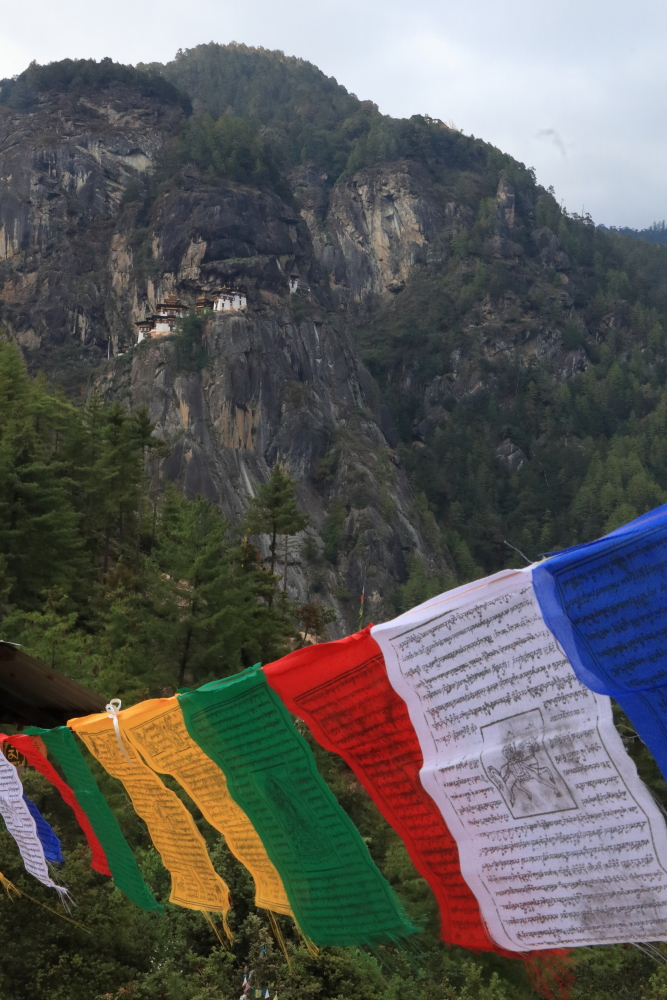











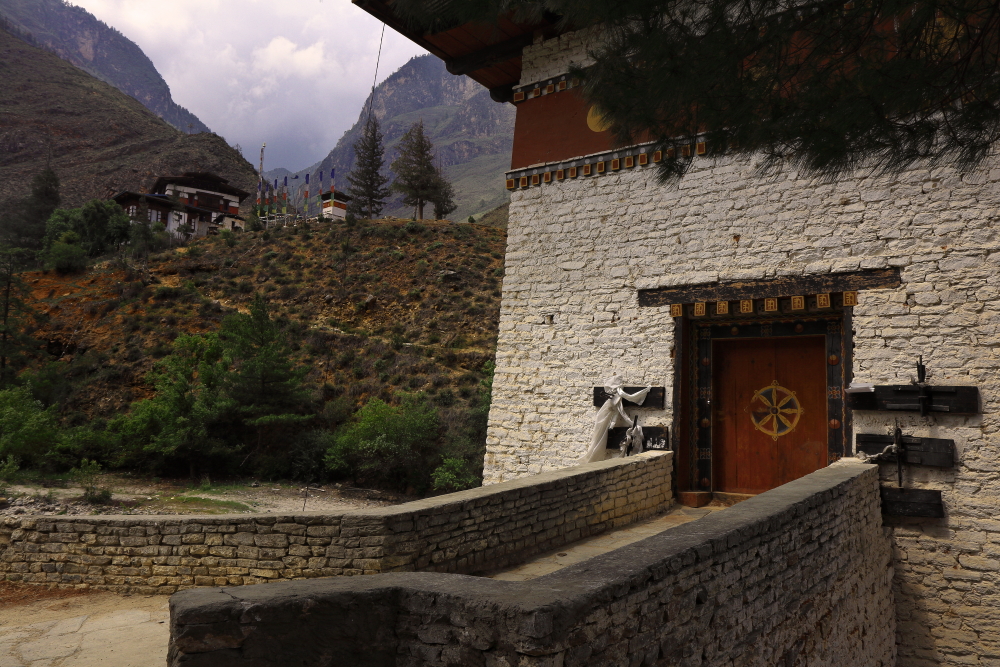





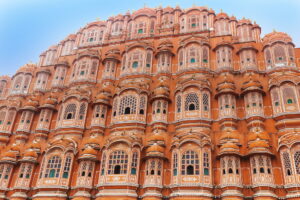
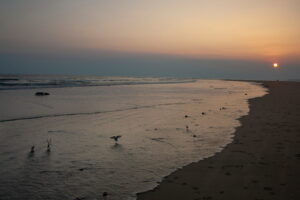
Pingback: The Ultimate Guide to Hike Taktsang (Tiger's Nest) Monastery in Paro, Bhutan